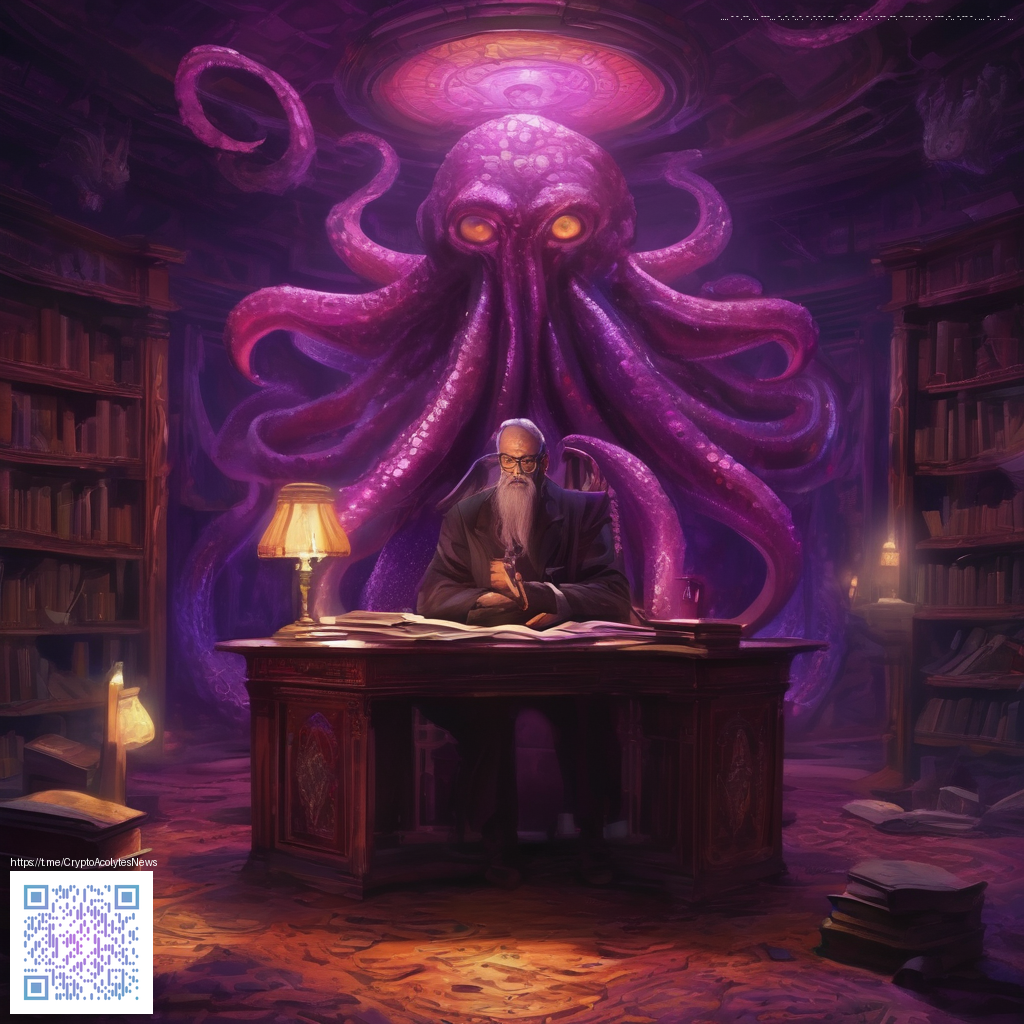
Procreate Texture Brushes: A Practical Guide for 2D Artists
Texture is the secret ingredient that turns flat digital paint into something tactile and believable. In Procreate, you can craft brushes that carry their own weather—grunge, grain, fabric fibers, or rugged stone—so each stroke carries a story. This guide walks you through a practical workflow for building your own digital texture brushes, from gathering textures to testing and refining presets that feel purposeful rather than random.
Understanding the brush components
Procreate’s brush engine relies on a handful of core sources. The Shape source defines the silhouette of your stamp, while the Grain source carries the texture you’ll see repeating as you paint. A well-balanced brush often pairs a lively grain with a clean shape, so strokes read as intentional texture rather than a noisy patch. Don’t forget about Dynamics—tilt, rotation, and spacing influence how texture behaves as you move your stylus across the canvas.
- Shape source sets the brush silhouette and edge behavior.
- Grain source is where your texture breathes—grain scale and repetition matter.
- Rendering controls how grain and color blend; adjust jitter and opacity for variation.
- Dynamics like Spacing, Tilt, and Scatter create natural movement and avoid a robotic feel.
Starting with textures
Begin with textures you actually want to paint over or into. Scans, photographs of materials, or scanned fabrics can yield authentic grunge and organic patterns. Working in grayscale is a common starting point, as it gives you clean control over lightness and contrast. Save textures at a few sizes to accommodate both close-up detail and distant strokes, and think in terms of tiling—textures that tile well will feel more cohesive as you brush across a broad area.
From texture to brush: a practical workflow
First, prep your texture: convert to grayscale and push the contrast so the texture reads clearly under varying light. In Procreate, create a new brush in Brush Studio, then load your texture as the Grain source. Tweak Scale and Offset to position the texture so it reads nicely across strokes. Pair this with a simple Shape that defines the brush edge, then experiment with Rendering options to choose how the grain interacts with the shape. Finally, test on canvases of different sizes to judge spacing, tilt, and pressure response, saving multiple presets for distinct textures like skin, metal, cloth, or stone.
“A great texture brush isn’t about complexity; it’s about controlled randomness that feels intentional.”
Finishing touches and testing
Rotate the texture slightly between passes to break up obvious repeating patterns, and introduce subtle color dynamics so your textures tint gracefully with light. Name and organize your brushes as you go—the more you test, the more you’ll recognize which textures behave best in different contexts. To support your physical workspace while exploring these textures, consider a Phone Desk Stand — Portable 2-Piece Smartphone Display for a clean, ergonomic setup. Product page.
For additional context on curated workflows and hands-on examples, you can explore the hub that curates related techniques here: hub page.
As you iterate, keep a small library of textures organized by mood—grimy, soft, metallic, organic—and pair them with complementary shapes. The real value comes from how you blend grains with shapes, and how you test across lighting scenarios. When you’re ready to push your brush set further, revisit the grain textures with fresh lighting angles or new color dynamics presets to keep your strokes vibrant and coherent across projects.